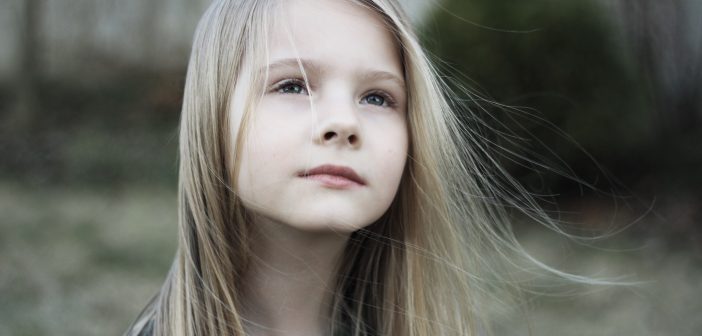I used to be super careful about sharing my kids’ photos online. I kept them private and only shared a handful with close family and friends. But as time has marched on, I’ve probably become a bit lax with security. And my eldest now has her own Facebook account, which means her images are probably all over the internet by now.
As parents who haven’t grown up with the internet and social media, it’s one of our greatest challenges to navigate it along with our kids, trying to keep them safe and keeping up with all the latest dangers. Not an easy ask when the landscape seems to be changing every day!
But there are ways you can check on your kids’ photos and see whether they’ve been stolen – and it’s worthwhile doing it regularly.
The first thing you can do is perform a Google search with your child’s photo and see what comes up. To do that, go to images.google.com and either drag and drop your child’s photo into the search bar, or click on the camera and upload the image that way.
Google will then show you where that image appears on the internet, and if it doesn’t appear anywhere (phew!) it will show you similar images.
You can also perform a reverse image search on specialist sites like TinEye and Image Raider.
 It can also be useful to create a Google Alert with your child’s name, so you’ll be sent an email any time your child’s name is published online. This won’t prevent images from being stolen, of course, and their name may not always be used, but it is another handy security measure.
It can also be useful to create a Google Alert with your child’s name, so you’ll be sent an email any time your child’s name is published online. This won’t prevent images from being stolen, of course, and their name may not always be used, but it is another handy security measure.
To set up an alert, go to Google Alert and follow the instructions. Easy!
If you want to discourage image thieves from using your child’s photo in the first place, you can watermark your images with your child’s name or some other specific marking. This will mean thieves can’t take the image and pass it off as their own. It’s important to place the watermark somewhere it can’t be cropped out, otherwise that’s exactly what will happen.
Apps such as iWatermark or Marksta make it easy to watermark your photos straight on your phone.
Another thing you can do to protect your images on Facebook is to ensure your security is set to private. And don’t forget to ask family and friends to do the same if they share pictures of your children – or ask them not to share them at all.
If you back-up your computer files, it’s also crucial to ensure you’ve got a reputable back-up service. And check their terms and conditions and ensure they explicitly say that your photos will never be shared.
It’s also important to keep your security up-to-date to prevent hackers from accessing your computer files or infecting it with a virus.
And what should you do if you find your child’s photo has been stolen? It’s important to take action immediately to stop it being taken and appearing elsewhere.
If the image is on Facebook, you can report it to Facebook’s Unauthorised Use of Photos of Minors form.
If you find it on another website, contact the site owner and ask them to remove it. If they don’t, you may want to consider legal action. If you do go down this path, document all conversations and don’t give anyone your home address.
Our children may understand this chaotic worldwide web much better than we can ever hope to, but it’s still up to us to protect them offline and online. Keeping watch over them is a great start.

